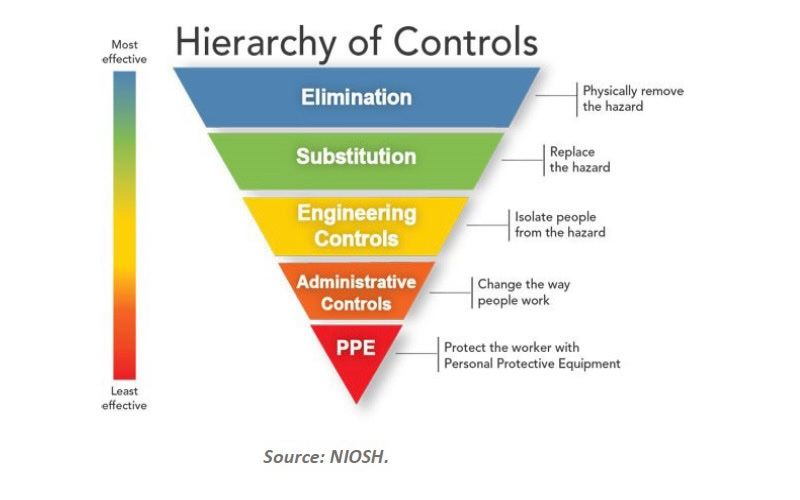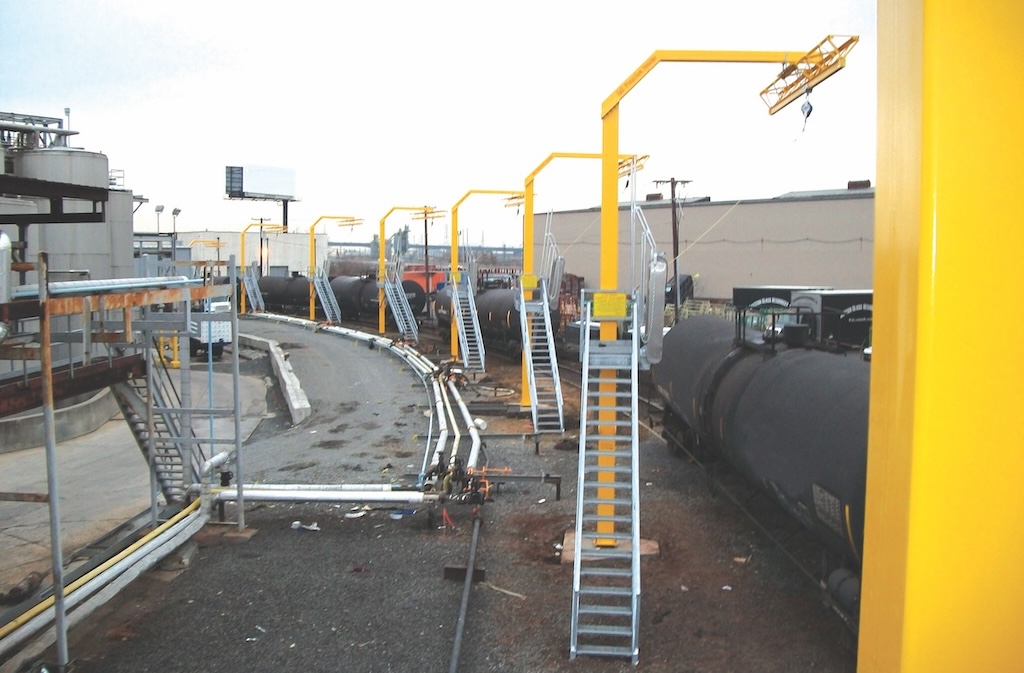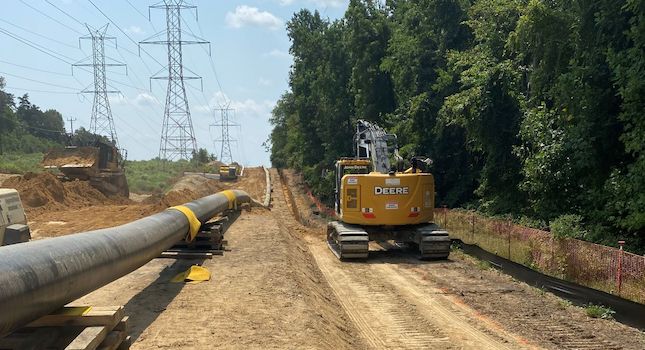Screw blowers provide on average 30% better energy efficiency over conventional lobe blower technology, delivering a new and proven energy-efficient range for air-blowing applications in a variety of industries.
In 1860, the same year, Abraham Lincoln announced his intention to run for president, the patent was filed for the first rotary lobe positive displacement blower. Suffice it to say, technology has changed a lot since then.
To meet the demands of the industrial workplace 150 years later, a new approach has been engineered. Screw blowers provide on average 30% better energy efficiency over conventional lobe blower technology, delivering a new and proven energy-efficient range for air-blowing applications in a variety of industries.
The changes in technology
The 150-year-old technology that is still used in today’s rotary lobe positive displacement blower employs two or three lobed rotors that spin inside a casing, drawing air into a compression chamber before pushing it through the outlet. Air pressure throughout the process remains constant, until the rotor lobes uncover the exit port. Some air flows back into the compression chamber, increasing pressure and reducing volume in the trapped pocket.
The rotor lobes continue to turn until the air is pushed out of the casing. The process results in high pressure pulsations and the classic ‘twumping’ noise or ‘whine.’
The technology employed with screw blowers is a scaled-down version of an air compressor. Paired male and female rotors trap and then squeeze air between them. Air is progressively compressed during each rotation.
Looking more closely, at the start of the compression cycle, air fills the space between the fluted and lobed rotor. As the rotors turn, the intake closes, trapping a given volume of air. The rotors continue to turn, reducing the volume between the male and female rotor halves. The rotors continue to mesh with one another until the air exits the outlet port. Because the process of compression occurs internally, less energy is required to move the compressed air to its end use.
As a side benefit of the screw blower technology, these energy efficient blowers are also significantly quieter, operating at 75 dBa versus the 85 to 90 dBa of rotary lobe blowers. That’s the difference between being exposed to the noise levels in a busy restaurant (about 80 dBa) compared to standing next to a running lawnmower (about 90 dBa).
And, as an indication of how much better these noise levels are for employees, OSHA mandates that employers must administer a continuing hearing conservation program for employees who experience occupational noise levels that meets or exceeds an eight-hour period of exposure level to 85 dBa. No additional or special precautions to safeguard the employee’s exposure are mandated below this level.
Energy efficiency, potential savings
Energy costs by most accounts have doubled in the U.S. within the last decade, and, accordingly, plant managers have been charged with finding new ways to maximize their operational efficiency and lower their operating costs – all without sacrificing quality or production levels.
In a recent case study, when screw blower and rotary lobe technologies were examined in side-by-side comparisons under identical conditions – 2,000 CFM for 8,760 hours, or one year, at .052/kWh – the screw blower technology realized a savings of nearly $15,000 a year, or $150,000 over 10 years, compared to conventional rotary lobe positive displacement blowers.
In this test setup, a tri-lobe rotary blower was sized with a 110 kW motor and connected to a separately installed frequency converter. For comparison, an oil-free screw blower was fitted with a 75 kW motor with an integrated frequency drive. The resulting measurements taken at maximum volume flow of each machine showed that the rotary lobe displacement blower needed an average 32% less energy to move the same amount of air.
Additional testing conducted by TÜV, the German technical monitoring association, compared the performance of the new oil-free screw blower against a tri-lobe blower.
Test results showed that the screw blower averaged a 23.8% betterment in energy efficiency than a tri-lobe blower at 0.5 bar(e)/7 psig and showed a 39.7% improvement at 0.9 bar(e)/13 psig. Based on these tests, TÜV certified Atlas Copco’s ZS screw blowers, noting, “the experimental results show a strong correlation with the basic thermodynamic laws and present a screw blower as a more efficient machine.”
A wide range of applications
Industrial applications for the screw blower technology are very broad. One application that stands ready to take fullest advantage of this unique technology is the Wastewater Treatment process.
In aerobic wastewater treatment, bacteria feed on organic waste and break it down into carbon dioxide, nitrogen and water. Because the bacteria need oxygen as part of this process, large quantities of air are bubbled into aeration tanks. Critical to this process, air blowers on average represent up to 65% of the total electricity costs required for wastewater treatment.
The Environmental Protection Agency reports that approximately 56 billion kilowatt hours (kWh) are used for drinking water and wastewater services in the United States each year – equal to 3% of all energy usage in the country. The wastewater treatment process alone adds nearly 45 million tons of greenhouse gases to the atmosphere, and an energy savings of even 10% in this sector could collectively save about $400 million each year.
Where this technology really outshines competitive technology is due to its very broad operating range. The rotary screw technology can operate from 100% capacity to 25% capacity with very little change in specific power. This means as the plant’s biological demand changes, the blower can adapt its capacity to the demand and provide greatly improved overall operational efficiency.
Facility managers in other industries – including food and beverage, pharmaceuticals, chemicals, pulp and paper, nonwoven textiles, cement, and general manufacturing – often use a large number of blowers.
With low-pressure air in such prevalent use in a variety of applications in a wide array of industries, it is time to answer the call for lower operating costs and consider a technological upgrade that realizes noticeable energy savings for the modern manufacturing facility.
John Conover is a product manager, Low Pressure Blowers & Compressors, with Atlas Copco Compressors, LLC. For more go to www.efficiencyblowers.com.



